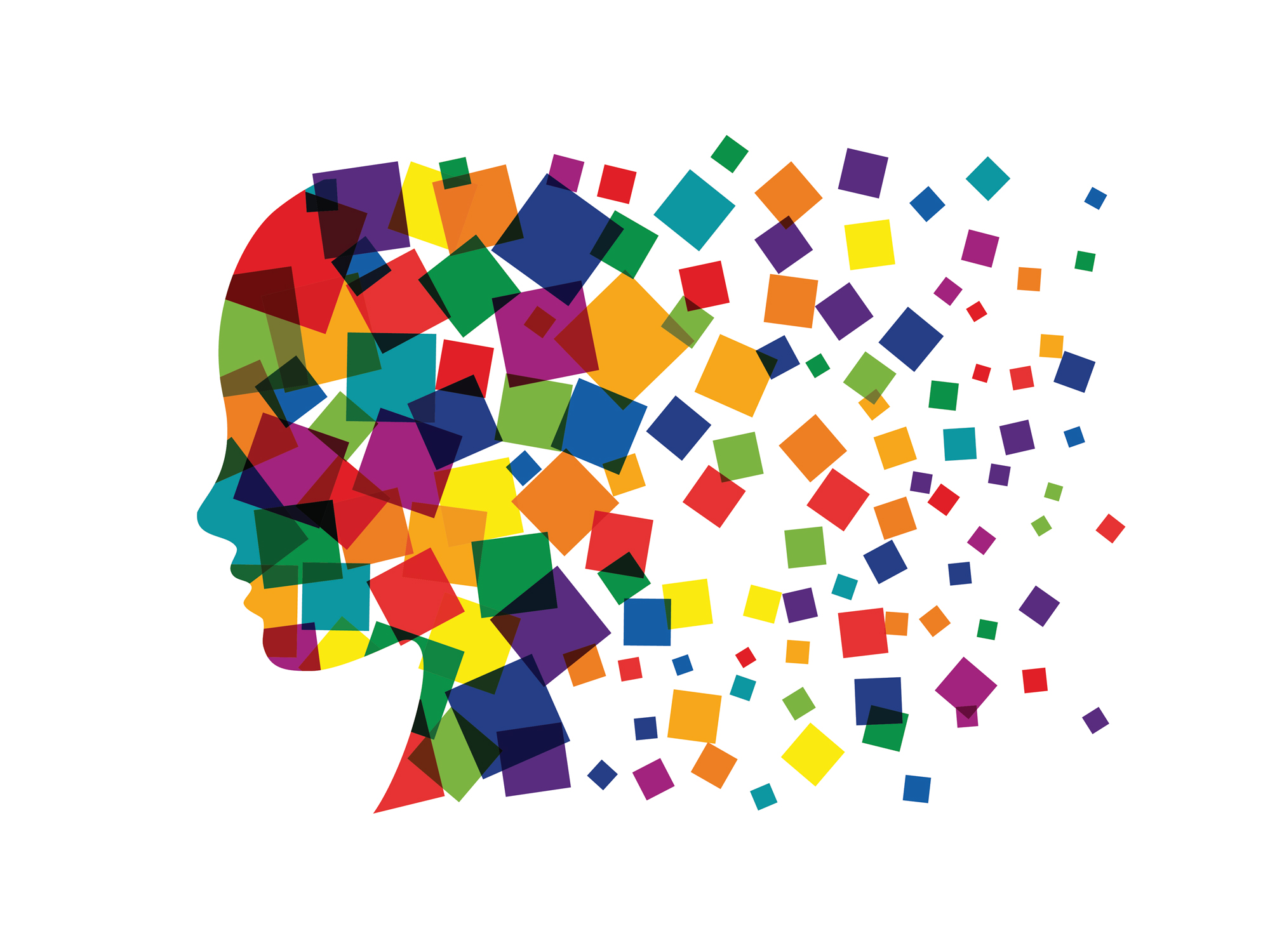Get Easy Health Digest™ in your inbox and don’t miss a thing when you subscribe today. Plus, get the free bonus report, Mother Nature’s Tips, Tricks and Remedies for Cholesterol, Blood Pressure & Blood Sugar as my way of saying welcome to the community!
The mind hack that makes things better

When it comes to health and wellness, the mind is a powerful tool.
For example, thousands of studies have been carried out on the power of the placebo effect showing the mind has powerful healing potential.
The flip side is that the mind can also undermine health. We often struggle with pain, lack of energy, anxiety and depression because negativity or trauma that lives in the mind.
But we can look to some tools from neurolinguistic programming (NLP) to help us make positive changes, by re-association. It’s called anchoring and, despite the complicated name, it’s easy to do and quite effective.
What “anchoring” is
Anchoring is the process of creating an association between an internal response (thought or feeling) with a trigger (an external object or internal thought, feeling). This association process can then be accessed quickly at any time, without anyone else having to know about it.
It is like a ‘mind hack’ you can use whenever you need it.
Now, you may be familiar with Pavlov’s dog and bell experiment. Every time the dog was hungry Pavlov rang a bell (environmental cue) and presented food (result). Over time, the bell sound became a conditioned response that lead the dog to salivate, expecting food. The bell signified food and created a response in the dog.
The NLP anchoring is similar, but different in a specific way…
The cue can be, but does not need to be, an environmental one. The cue can be a thought or feeling or recollection, and still elicit a conditioned response. This has great value and promise for wellness.
One can set an “anchor” by recalling an event, visualizing a photograph, thinking of a special person, or feeling something in their body (e.g., health, wellness, strength, pain-free). These internal feels can create an associative conditioned behavioral response.
In essence, the smell of pie in the oven and view of an heirloom can trigger feelings from another time and place… proof of the mind’s ability to associate and affect. With NLP, you can be in control of the anchors that can become tools for creating better health and wellness for yourself.
Here’s how…
Related: The breathing trick that helps you remember
How to anchor
The key to NLP Anchoring is to strongly associate two different experiences at the same time. And because we know that associations become stronger the more often they are made, we must do it repeatedly each day for a week or two to anchor it in the body. Here are the steps:
- Visualize: If you are in pain, think of a time in your life when you were the most vibrant, happy and active.
- Feel: Spend some time on that visualization until it is perfect and does not waver, and then feel it in your body. You want to experience it as if it were the case now.
- Associate: While you are feeling this you will associate the amazing feeling with a cue. It can be tapping your fingers on your thigh or rubbing your index finger across your thumb nail. Make it simple and do-able at any time and in any place.
- Anchor: You want to practice the cue when the feeling is at its most potent, and continue until a few moments after you stop visualizing/feeling. This will begin the process of anchoring the cue (finger tap) with the associated behavior (feeling awesome).
- Repeat: To make the association strong and powerful you will want to repeat this sequence several times per day for a week or more. The more often you can do it the stronger the association, anchor and response will be.
Apply the NLP Anchoring Technique
After you have set aside some “me time for self-care” to establish this new anchor, you can use it whenever, wherever, and however often you like.
If you are feeling pain increase in your body, through arthritis or migraine (as examples), you can just repeat the cue. That is, simply tap your fingers on your thigh, or scratch your finger over your nail… whichever cue you set. That action will trigger the new conditioned response and should elicit those pain-free, vibrant feelings to come to your body; effectively replacing the pain feelings.
This technique works well for many things and many areas, like self-confidence, athletics, inducing creativity, reducing anger, and so on. You can create as many anchoring processes as you can think of and use them as you like.
There are many articles, resources and videos on line you can look up for more details and tutorials on this method. I suggest giving it a try and seeing how NLP Anchoring can positively influence your quality of life.












